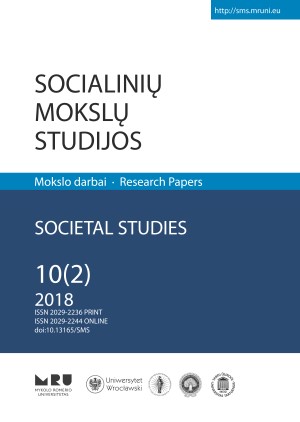“CHOSE LOVE NOT IN THE SHALLOWS BUT THE DEEP”: LYRICS OF CHRISTINA ROSSETTI AND THE OXFORD MOVEMENT
“CHOSE LOVE NOT IN THE SHALLOWS BUT THE DEEP”: LYRICS OF CHRISTINA ROSSETTI AND THE OXFORD MOVEMENT
Author(s): Yevheniya ChernokovaSubject(s): British Literature
Published by: Mykolas Romeris University
Keywords: Oxford Movement; principles of Reserve and Analogy; John Keble; John Henry Newman; Tractarian aesthetic theory; Pre-Raphaelite movement; aestheticism; incarnationalism;
Summary/Abstract: The Victorian age and the Oxford Movement reveal the close connection between aesthetics and theology that is tightly related to the Romanticism of Scott, Coleridge and Wordsworth. Like the Pre-Raphaelites, the Tractarians asserted that the natural and supernatural formed a dialectic unity. Poetry and religion, which were two cornerstones of Christina Rossetti’s life, met both in her poetry and in Tractarian “aesthetic religion”. In Rossetti’s late verse, Pre-Raphaelite and Tractarian poetics are seen not as alternative components, but as complimentary ones fulfilling John Henry Newman’s idea that lyrics is a poetry of “contemplation”, not “communication”. The idea of showing “real things unseen” (Keble, Newman) is not only one of the most important “techniques” in Rossetti’s poetics and in the implementation of the Tractarian principles of Reserve and Analogy, but also a vivid example of mutual penetration of Pre-Raphaelite naturalism and Tractarian incarnationalism.It is precisely in the treatment of nature in Rossetti’s verse where the correlation of Pre-Raphaelitism and Tractarianism becomes most evident – from narrative poems to lyrics, and from fantasy to devotional poems. The poem clearly shows the result of the interpenetration of Pre-Raphaelite and Tractarian discourses within the boundaries of one text. The “eyes of body” from Rossetti’s early poems (“Goblin Market”) give way to “eyes of soul” (“An Old World Thicket”, “Later Life”). It also determines the nature of mysticism in her poetry, with a transformation of seen, definite, materialistic sensuality via Analogy and Reserve into the spiritual and mystical. In this way, the evolution of the lyrical persona of her poetry from the aesthetic to the teleological, from the Pre-Raphaelite pictorial paradigm to Tractarian mysticism, and from the phenomenal to the noumenal can be seen.
Journal: Socialinių mokslų studijos
- Issue Year: 10/2018
- Issue No: 2
- Page Range: 219-231
- Page Count: 13
- Language: English

